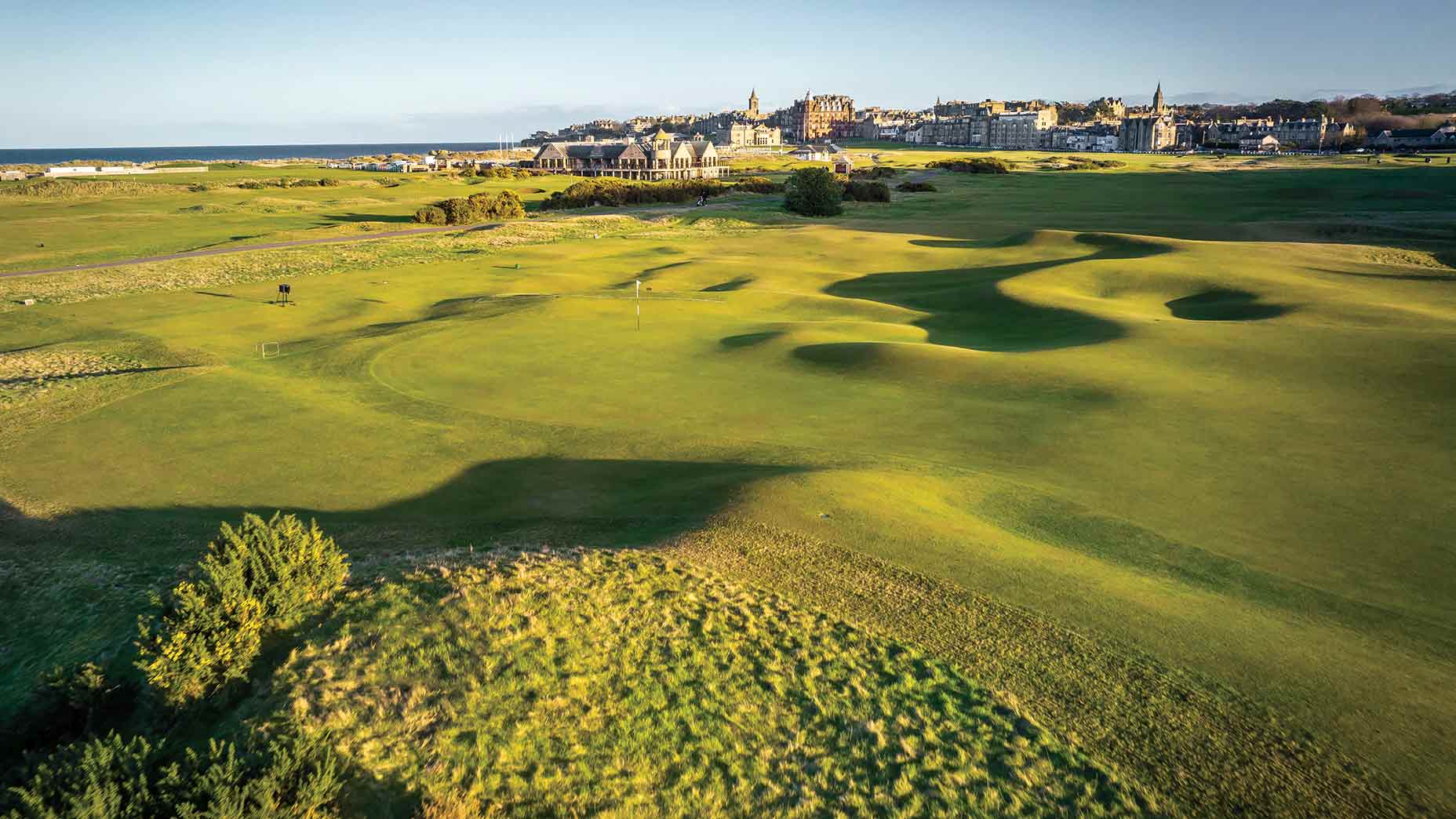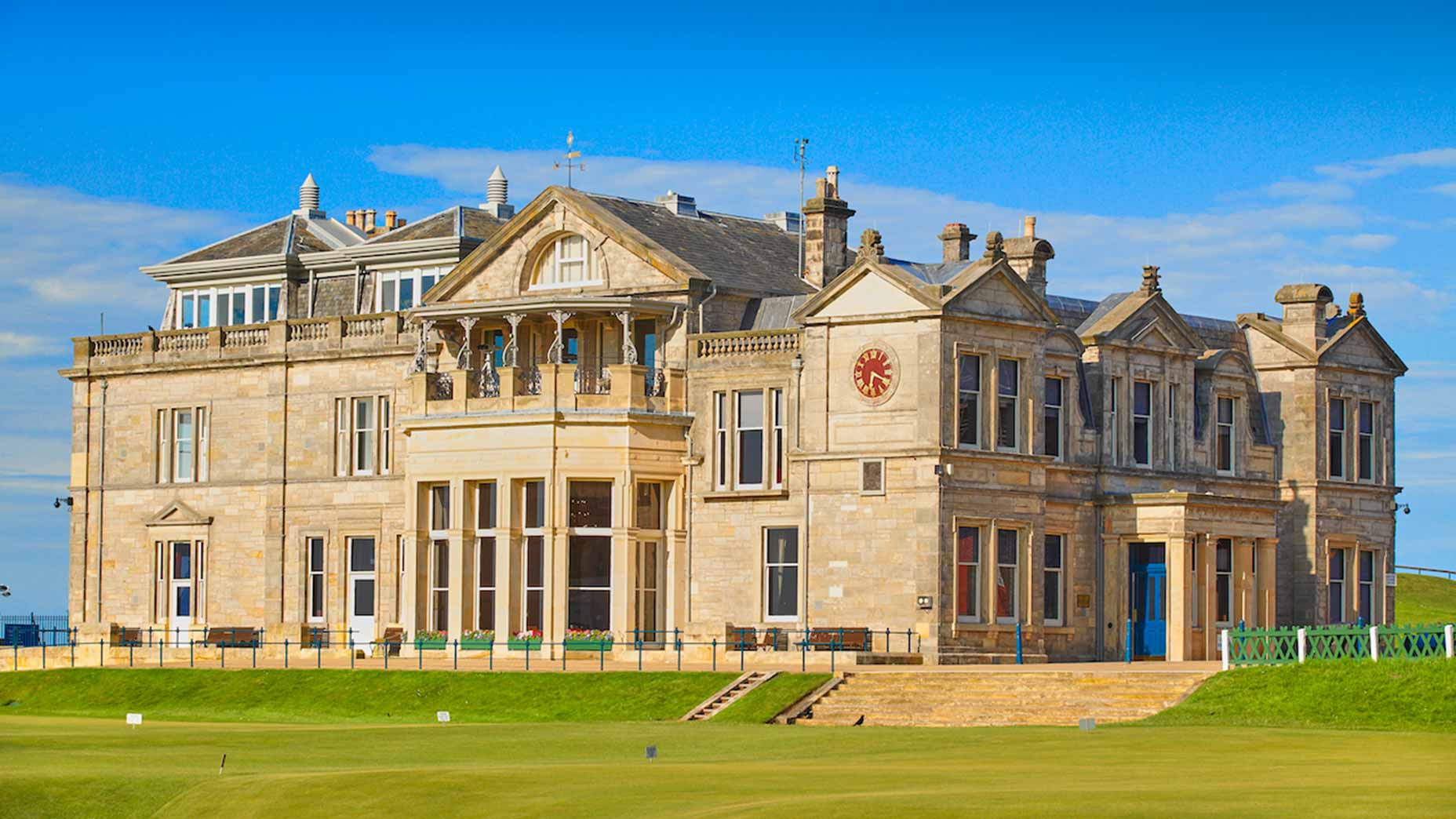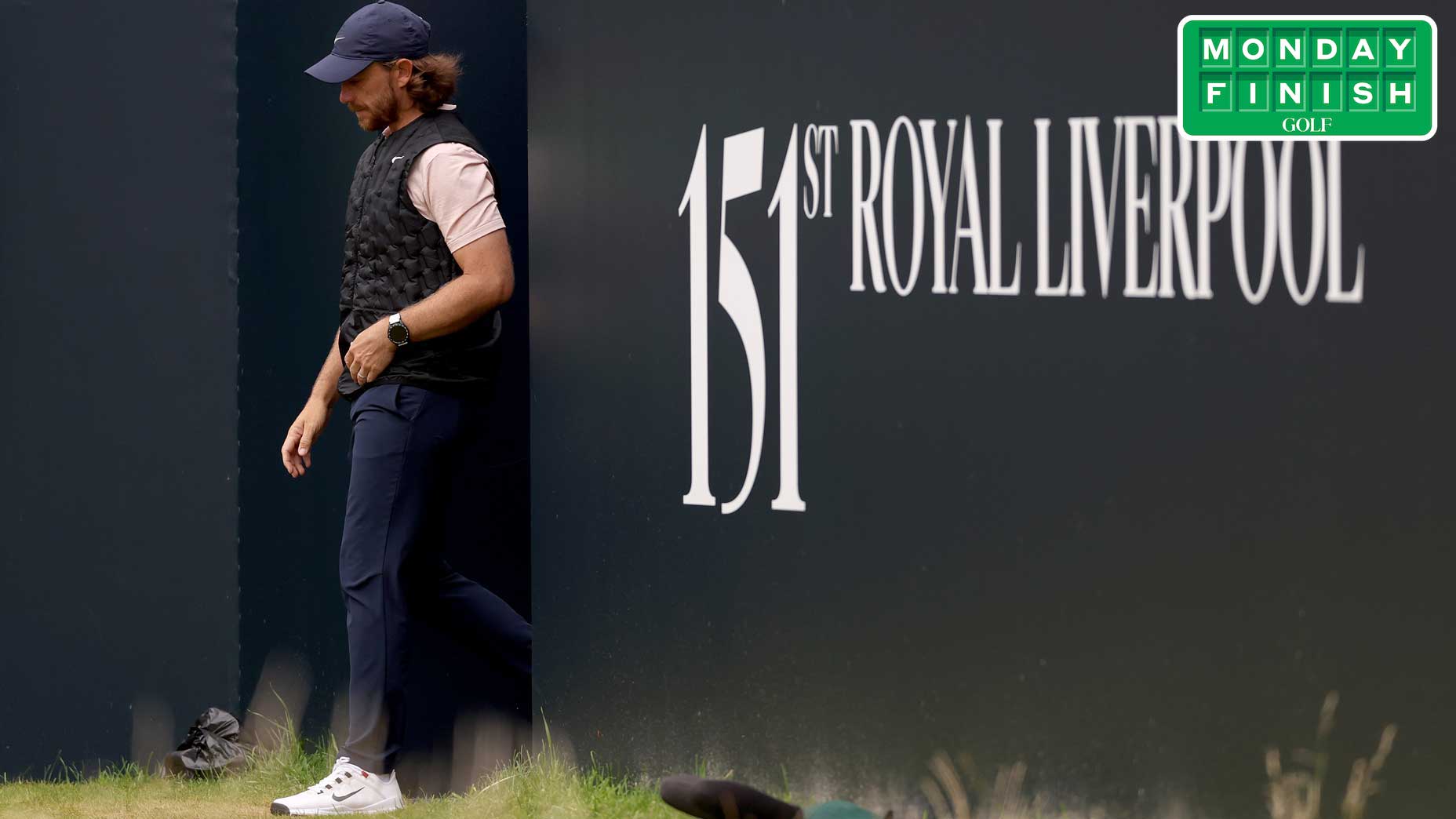Why we love the Old Course: The world’s most celebrated links stirs the spirit at every turn

The Old Course at St. Andrews will host the 150th Open Championship this week.
Patrick Koenig
Can a course be ranked No. 1 and still be underrated? In the case of the Old Course at St. Andrews, which doubles as Open host this week and top dog on GOLF’s inaugural list of the Top 100 Courses in the British Isles, yes. Ironically, no course of the Old’s pedigree on the planet during the last half of the last century was as ignored. Thank goodness we have started to come to our senses.
When it comes to the Old Course, past is prologue. You can see it in the way modern architects have begun, again, to take cues from her, like in places such as Tom Doak’s St. Patrick’s Links (No. 13 on our UK and Ireland list) and Ohoopee Match Club, Gil Hanse’s match-play gem in rural Georgia. What our panel deems the “best of the new” includes a commitment to short, fast grass, playing angles and hazards unsullied by overzealous shapers — the heart of St. Andrews.
Here, an hour north of Edinburgh, sits a relatively flat (though lusciously crumpled) strip of land, giving birth to golf played “on the ground.” The Old’s legendary greenkeepers throughout time have imbued its turf with a near mystical firmness. Couple that with the acreage 30 yards and in — where fescue fairways meld into fescue putting surfaces — and you have a design unmatched in its elasticity and playability. Every shot is within every golfer’s grasp, regardless of age and ability. Literally, it’s a course for the ages.

Moreover, the Old has never yielded to a calendar — it plays well in all conditions. One of GOLF’s panelists played the Old in April, in a 65-mph wind, and had a grand time. A 7-handicap, he drove the green on the 380-yard 16th, where, normally, bunkers 145 yards short of the green have sunk many a player’s hopes.
At St. Andrews, you get by with run-ups, not flyers, though you can play the latter if you like. It’s just that the former is rewarded. Compare that to so many modern courses — narrow designs laden with ball-gobbling rough, water and forced carries — and you tell me which form of golf is more inclusive and energizing, and why St. Andrews, centuries old and the first course in our game’s memory bank, remains the best.
“What sealed the deal,” my brother once told me of the Old, “was spending a Sunday afternoon walking and studying it before I played.” He’s family, but admittedly smart: It’s been the game’s great tacticians, from Jones to Nicklaus to Woods, who have adored and mastered it. Here, you can outthink and out-execute the field. Watching the 150th Open will be a joy, but the sooner the sport recognizes the Old as the absolute pinnacle of design, the sooner it will embrace all her lessons — and we’ll all be the better for it.











